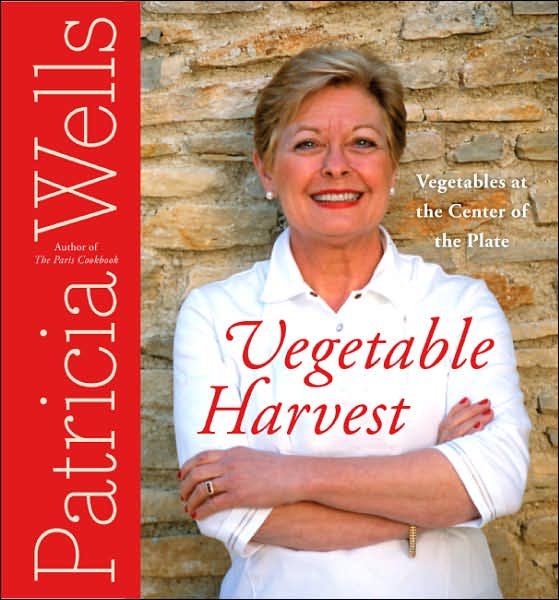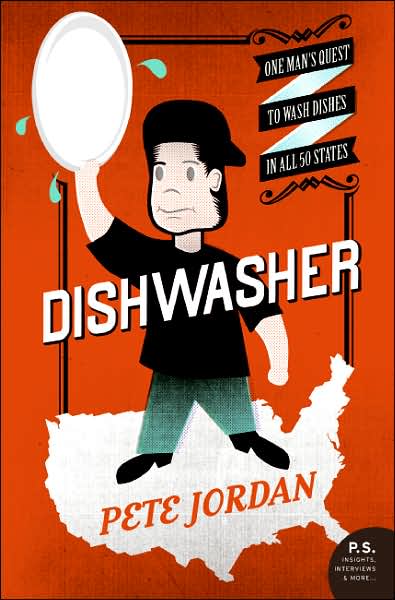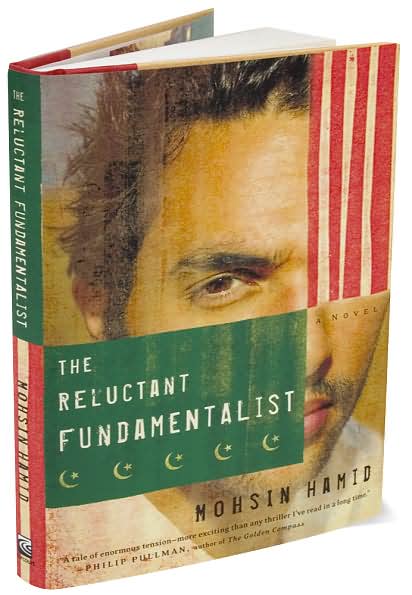Tuesday, May 29, 2007
By EVELYN SHIH
STAFF WRITER
Chef David Kamen from the Culinary Institute of America remembers how vegetables were prepared in his childhood home.
 "My mom used to take Jolly Green Giant canned asparagus, boil them in a pan for 10 minutes and serve them to us," he said.
"My mom used to take Jolly Green Giant canned asparagus, boil them in a pan for 10 minutes and serve them to us," he said.After that, he was very much a meat man -- until he rediscovered vegetables as an essential part of every meal in his formal culinary training. He's now one of the contributing chefs to "Vegetables: Recipes and Techniques From the World's Premier Culinary College," a new cookbook from the CIA that was released Friday.
One of the goals of the collection is to "inspire you to eat more vegetables."
"My theory of why Americans don't eat vegetables is that they were never prepared right for us," he said. "A lot of people just don't know how to cook vegetables."
But after a 27-page "Vegetables 101" lesson in the introduction, we know both how and why. Methods of selection, storage and preparation are detailed and easy to digest.
 The repertoire of cooking methods is very similar to that for meat, Kamens added. "In the meat world, we know that certain cuts of meat make a good steak," he said. "Certain other cuts of meat need to be braised or stewed to be tender. Similarly, certain vegetables like to be cooked certain ways."
The repertoire of cooking methods is very similar to that for meat, Kamens added. "In the meat world, we know that certain cuts of meat make a good steak," he said. "Certain other cuts of meat need to be braised or stewed to be tender. Similarly, certain vegetables like to be cooked certain ways."As always, cook fresh: Kamens recommends seasonal offerings like baby beets, fingerling potatoes, baby spinach, fresh herbs, and tender stalk vegetables like asparagus -- yes, asparagus.
E-mail: shih@northjersey.com
* * *
Mu shu vegetables
* 4 large eggs, lightly beaten
* 2 teaspoons sesame oil
* Salt and pepper, as needed
* 1 teaspoon peanut oil
* ½ ounce dried wood ears (a type of fungus)
* ½ ounce golden lily buds
* 3 tablespoons rice wine or dry sherry wine
* 1 tablespoon minced garlic
* 1 tablespoon minced ginger root
* 2 tablespoons dark soy sauce
* ½ cup julienned celery
* 1 medium carrot, julienned
* ½ cup julienned fennel
* 1 cup shredded napa cabbage
* 1½ cups julienned red peppers
* ½ cup minced scallions
* 1 cup bean sprouts, rinsed and drained
* 12 Mandarin pancakes (see note)
* Hoisin sauce, as needed
* Plum sauce, as needed
* 4 scallion fans, optional for serving
 The dish, courtesy of Flickr user gwarcita.
The dish, courtesy of Flickr user gwarcita.Combine beaten eggs with 1 teaspoon of the sesame oil and a pinch of salt and pepper in a small bowl. Heat a frying pan or wok over moderate heat and add 1 teaspoon of the peanut oil. Pour in the egg mixture and spread it quickly over the surface of the pan until it forms a thin crepe-like pancake. There is no need to turn it over. Remove from the heat, and shred when cool. Set aside.
Soak the dried wood ears and lily buds in warm water for about 20 minutes until soft. Squeeze the excess liquid. Finely shred the wood ears, discarding the steam, and snap off the hard ends of the lily buds.
Heat a wok or large frying pan over high heat, and add the remaining peanut oil. When almost smoking, add the wood ears, lily buds, and rice wine and stir-fry for 1 minute. Add the garlic, gingerroot, and dark soy sauce and stir-fry for another minute. Add the celery, carrot and fennel and stir-fry until very hot, about 2 minutes. Add the cabbage and stir-fry until hot, another 2 minutes. Then put in the shredded egg, red peppers, scallions and bean sprouts and continue to stir-fry for 3 minutes until the ingredients are thoroughly mixed. Stir in the remaining sesame oil, and turn onto a large platter. Serve with Mandarin pancakes, hoisin sauce and plum sauce, using scallion fans to spread the sauce.
 Mandarin pancakes, courtesy of Flickr user gwarcita
Mandarin pancakes, courtesy of Flickr user gwarcitaNote: To make Mandarin pancakes, sift 2 cups of all-purpose flour into a large bowl and add ¾ cup boiling water. Begin stirring immediately, and knead the dough until smooth. Wrap and allow to sit for 30 minutes. Turn the rested dough onto a floured surface and cut in half. Use a floured rolling pin to roll each half out until it is ¼-inch thick. Use a cookie cutter to cut out 3-inch circles. Brush ½ teaspoon of sesame oil over the tops of the circles, and combine them in sandwiches of two slices each, sesame side in. Roll them out into 6-inch circles. On a low-heat skillet, cook the pancakes for about 2 minutes each side. Remove the paired pancakes and pull them apart.
Servings: 4.
From: "Vegetables" by the Culinary Institute of America (Lebhar-Friedman Books, 2007).
Copyright © 2007 North Jersey Media Group Inc.











































